According to leading historians our modern day acoustic guitar originated from ancient stringed instruments, this is first evidenced by stone carvings that are over 3,000 years old that have been excavated from the territories surrounding the ancient city of Babylonia.
The term guitar was applied to all chordophones that were developed in 12th century Europe. A Chordophone is defined as any musical instruments (such as a guitar or piano) whose sound is generated by plucking, bowing, or striking stretched strings. The term Chordophone evolved from the Greek “kithara”, which is an ancient musical instrument that is closely related to lyres.
A kithara is a musical instrument from ancient Greece consisting of an elaborate wooden sound box having two arms connected by a yoke to which the upper ends of the strings are attached.
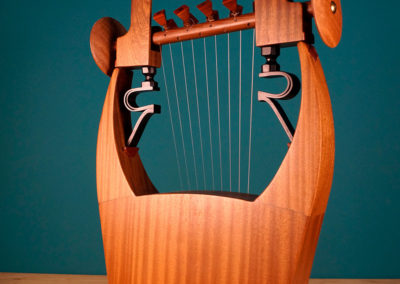
There are so many instruments believed to be the predecessor to the guitars of the present day, and it is very difficult for historians to point out the exact instrument which gave birth to the modern acoustic guitar because the records have been lost over the course of history. However, there are a few probable instruments which are believed to be the predecessor of the modern acoustic guitar, including the Persian/Kurdish tanbur, the Arabic oud, the European lute and the Chinese qin-pipa.
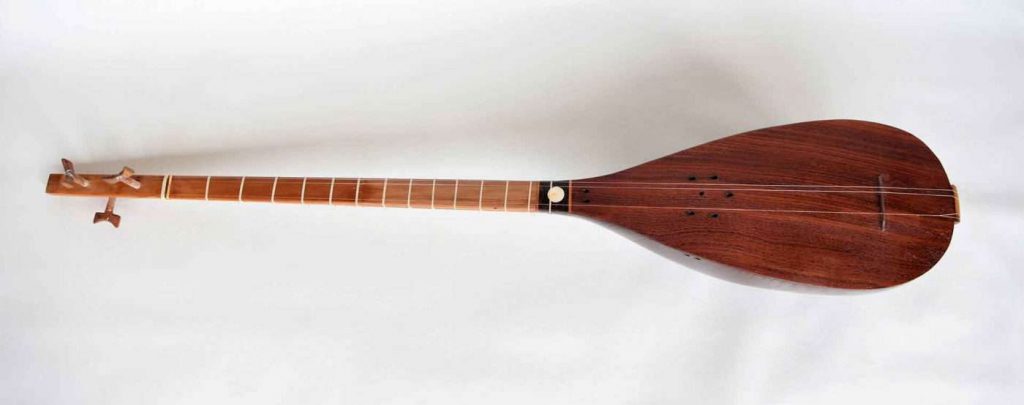
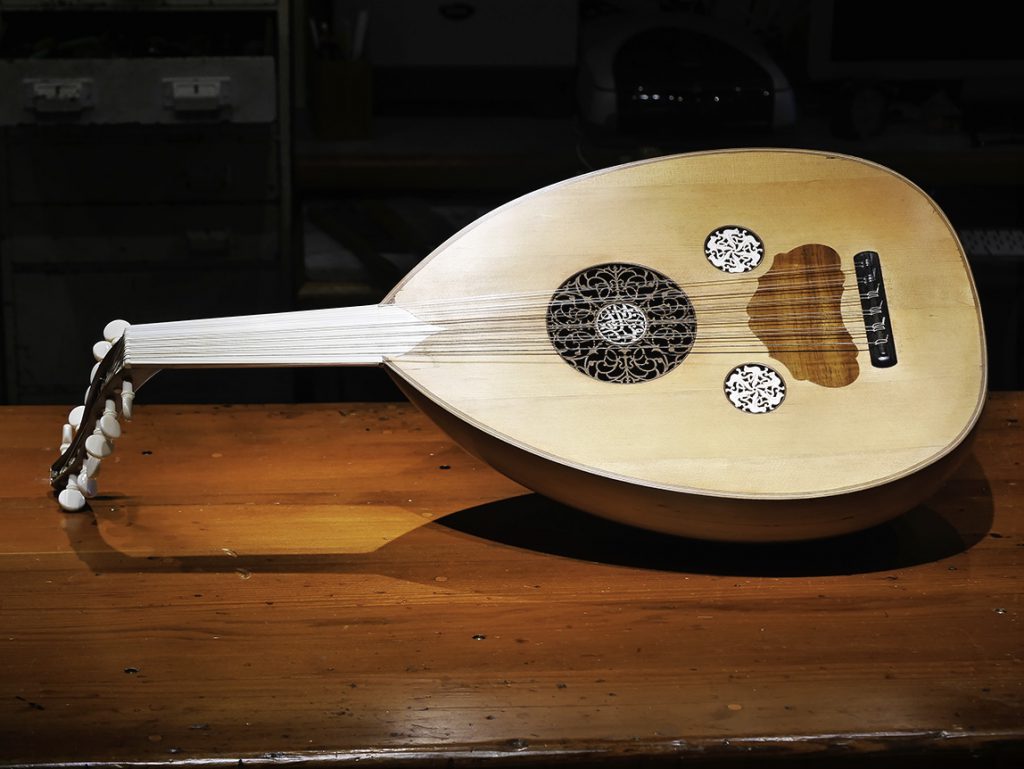
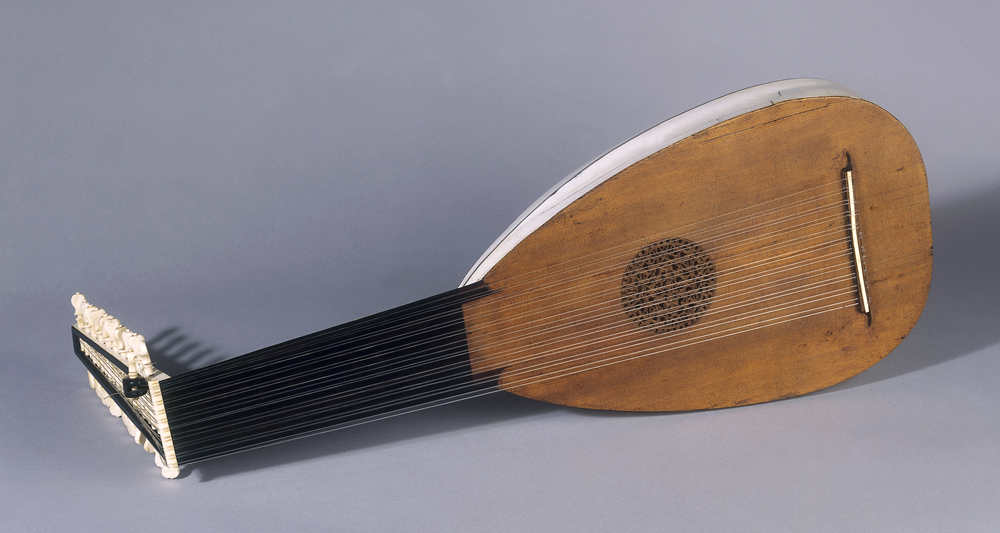
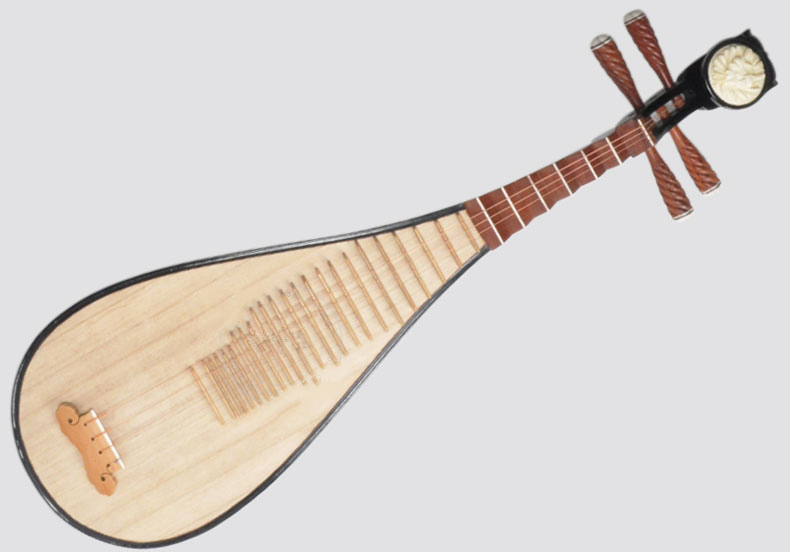
Based on their design, it is thought that the European lute, and the Arabic Oud are most likely to be the mothers and fathers of the modern guitar. Both of these instruments resemble the modern day acoustic guitar in a couple of major ways.
- Both are stringed instruments which need to be plucked or strummed by hand to create a sound
- They include a hollow box which aids in producing the sounds
Steel-stringed acoustic guitars are considered by many to be the world’s most popular types of guitar, certainly one of the oldest. It is widely believed that the creator of these types of guitars was a German immigrant to the United States named Christian Frederick Martin (1796-1867).
Early Guitars from this time period used catgut strings which were actually created from the intestines of sheep. Martin, however, decided to create a guitar that used steel strings so that banjo players playing the then-popular style of country music could switch over and play without any discomfort. Christian Frederick Martin created a brand new type of guitar by redesigning and reinforcing the inner structure to withstand the tension of the steel strings.
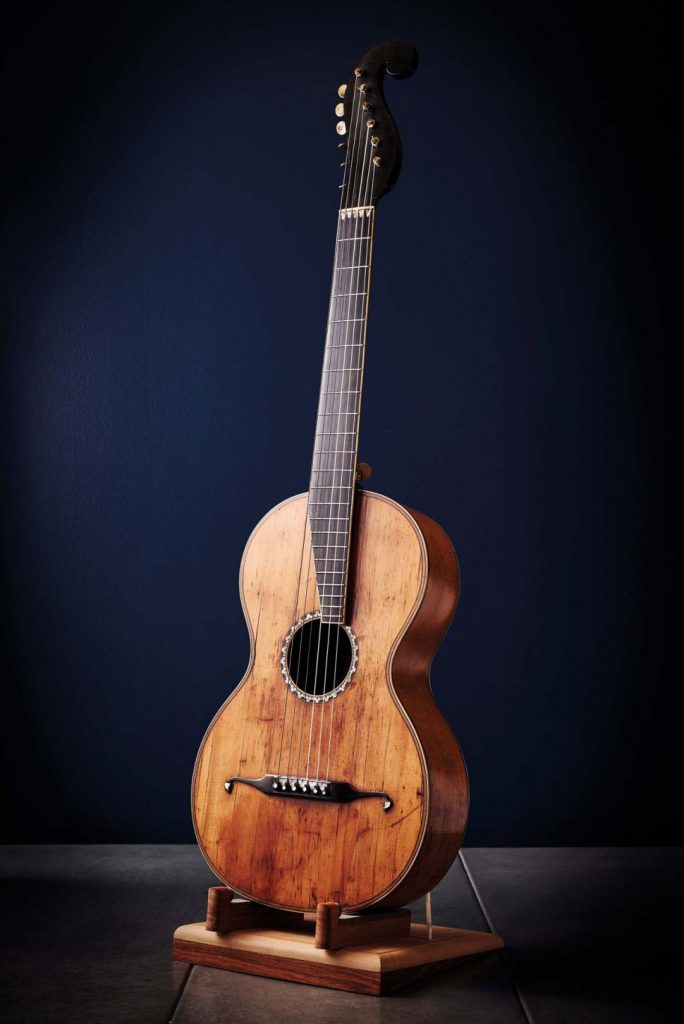
The story of Martin guitars begins in 1796 with the birth of company founder Christian Frederick Martin Sr in Markneukirchen, Germany. All guitar players owe this man a great debt of gratitude because without him, there would be no Eddie Van Halen, no Jimi Hendrix, no Stevie Ray Vaughn, no Slash, nor any of our other favourite guitar legends. Campfire nights would certainly be less fun and interesting!
